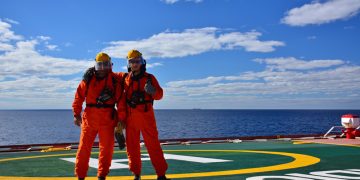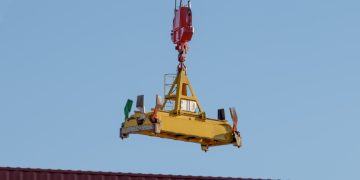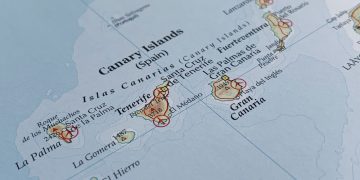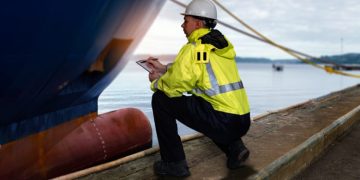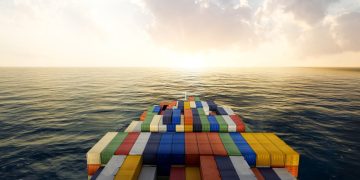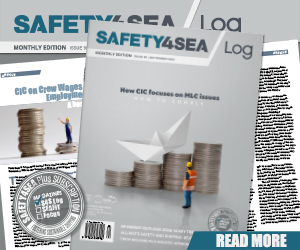Saildrones explore the Bering Sea
On April 22, two autonomous surface vehicles equipped with meteorological and oceanographic sensors will be released for the first time in the Bering Sea by NOAA’s Office of Oceanic and Atmospheric Research Pacific Marine Environmental Laboratory (PMEL). Saildrones have the capacity to increase observational infrastructure in remote and hostile polar regions where ship time and human labor is costly and potentially hazardous. The ongoing development of Saildrones is a collaborative effort of researchers at PMEL, the Joint Institute for the Study of Atmosphere and Ocean (JISAO) at the University of Washington, the University of Alaska Fairbanks, and Saildrone Inc. The wind- and solar-powered Saildrone incorporates the principles of sailing and scientific research with a nearly 20 foot high carbon-fiber wing that speeds through the waters with a suite of high resolution sensors. Compared to other remotely operated vehicles, these autonomous surface vehicles can carry over 200 pounds of instrumentation, travel at speeds up to 16 mph, and are quickly maneuverable. There is also no need to ‘drive’ or continuously monitor Saildrones. Like a ship with a set course, a Saildrone will continue on its path while continuously taking measurements, notifying on-call engineers of potential dangers via phone. For the past ...
Read more







